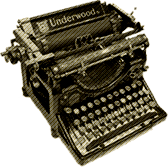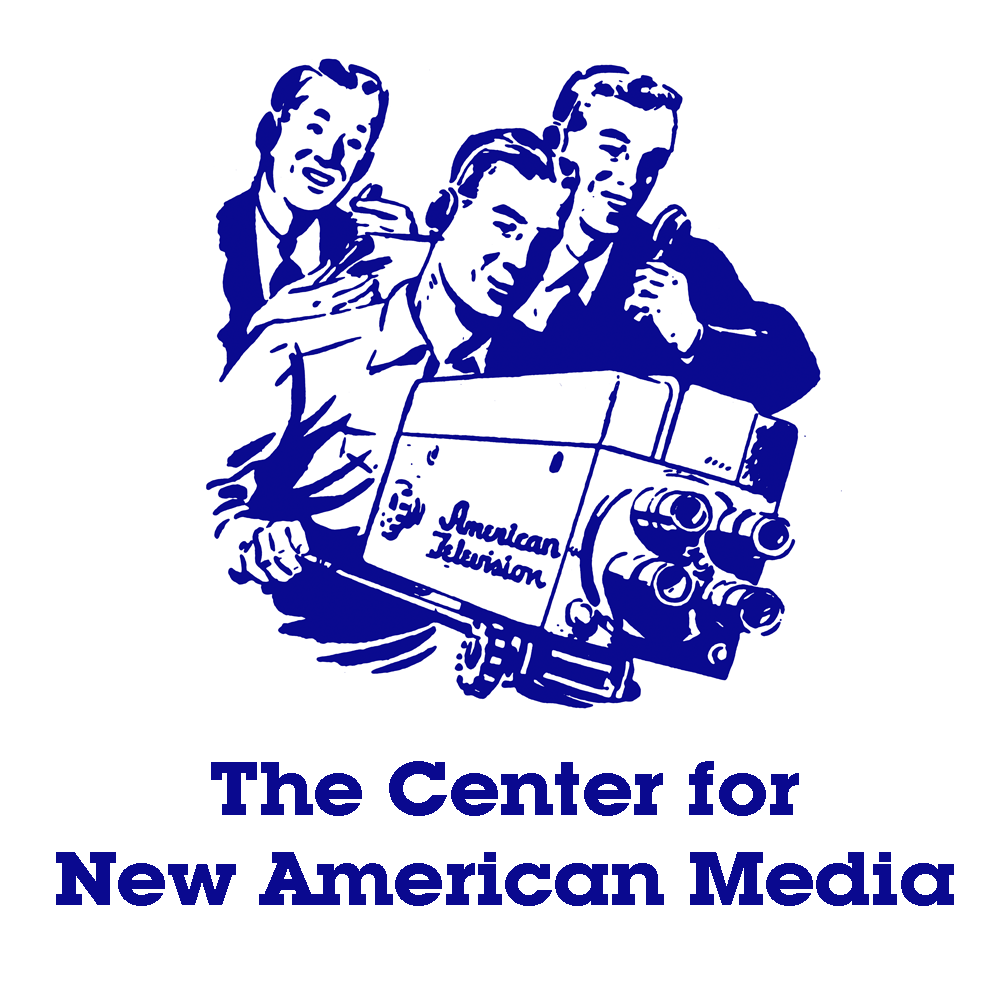Game Description and Curriculum Goals
Game Description
Past/Present reaches into American history, taking place over four days, or Episodes, in May of 1906 in the mythical town of Eureka Falls. Your students will impersonate one of two protagonists: Anna Caruso, a young Italian immigrant worker at the Boylston Mill, or Walter Armbruster, the mill's young manager. They will move through the game world alongside a series of non-playing characters ("NPCs") that represent various jobs, personalities, backgrounds and political views. Past/Present is set against the backdrop of growing labor struggles in an economically harsh climate. It's a tense time - labor unrest is on the rise.
As they play, Anna or Walter will make choices that determine their next action. They'll be asked to accomplish a series of Goals and Objectives, (i.e. buy a newspaper and talk about what's in it) solve mysteries, ("find out what the mysterious piece of paper means,") and collect Evidence to answer three Big Questions that will support pro and con views on key issues that can be discussed in class post-game. At the game's conclusion, they commit themselves to a position on a volatile topic: for Anna, to strike or not? for Walter, to negotiate or not? Their choices result in an epilogue tailored to their experience.
Whether your students play Anna or Walter, they will encounter the same townspeople and experience the same global events, such as the impending strike. On the other hand, they'll struggle with vastly different tasks, household budgets and lifestyles. Their social position and financial status will inform their responses to the challenges in the game and will enhance any post game discussion in your classroom.
Curriculum Goals
Past/Present is rich in American History content, but it is also an engaging opportunity for students to acquire and hone critical thinking and decision-making skills. These skills are central to historical inquiry and, more important, are vital life skills necessary for success in the 21st century. While content knowledge is a goal in and of itself, it is more importantly the vehicle for the acquisition of skills that are central to the game because they mirror the types of thought processes that students will engage in throughout middle school and beyond.
When your students have wrestled with the ethical and experiential dilemmas represented in Past/Present, they will be better equipped to think about the Essential Questions posed by the game:
- When and why might workers choose strike to earn better wages and working conditions?
- When and why might business owners negotiate with workers to meet their demands? When and why might business owners choose to resist those demands?
- Who gains and loses the most when workers strike to earn better wages and working conditions?
Students who play Past/Present in a teacher-directed immersion model will acquire the following core understandings and abilities.
Content:
Students will be able to:
- Understand the dynamic of cooperation and conflict between workers and factory owners that led to the emergence of the labor movement in the 20th century.
- Understand how the technological innovations that resulted from the Industrial Revolution changed the production and consumption of goods at the turn of the 20th century. These changes directly impacted the nature of manufacturing, the role of labor, and the emergence of a consumer based society.
Skills:
Students will be able to:
- Use critical thinking skills to identify and classify different types of evidence, including primary and secondary sources, written and material evidence, suggestive and conclusive evidence, and statistical data.
- Analyze multiple perspectives by identifying point of view and bias in historical evidence.
- Make decisions by interpreting varying points of view and construct arguments supporting or refuting these viewpoints.
- Demonstrate visual literacy by analyzing, comparing, and contrasting real and fictional images of how people lived in turn of the century America.
- Apply their understanding of the past to the present by comparing historical events to similar contemporary ones.
- Develop empathy by role-playing a historically believable character that faces historically relevant ethical dilemmas.
To see how Past/Present integrates with national standards for teaching American History, please click here.

 Download the Full Classroom
Download the Full Classroom


